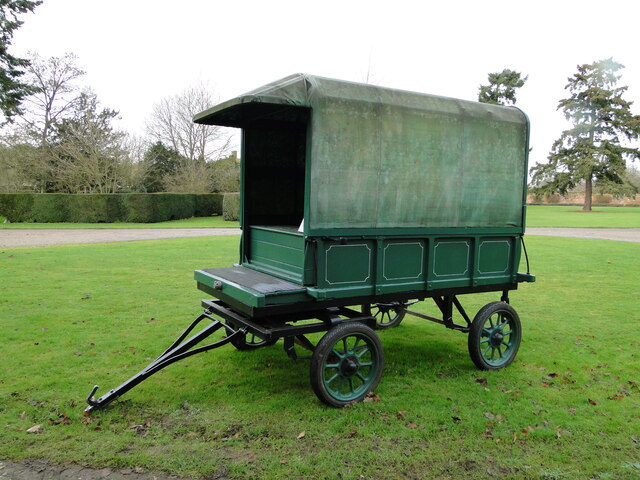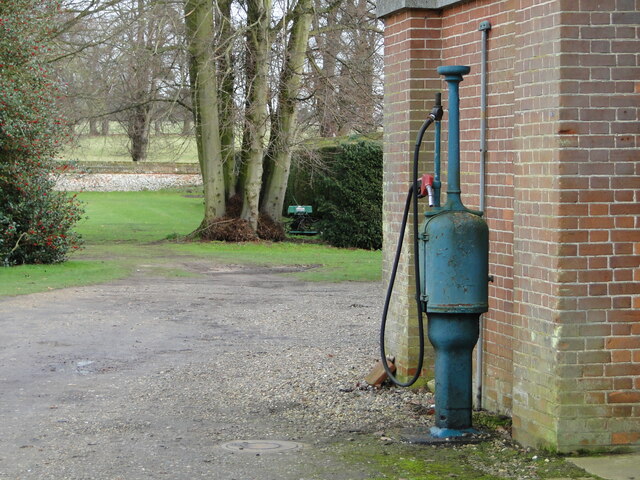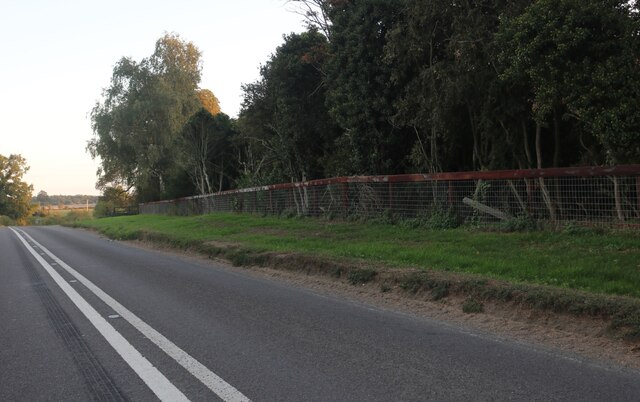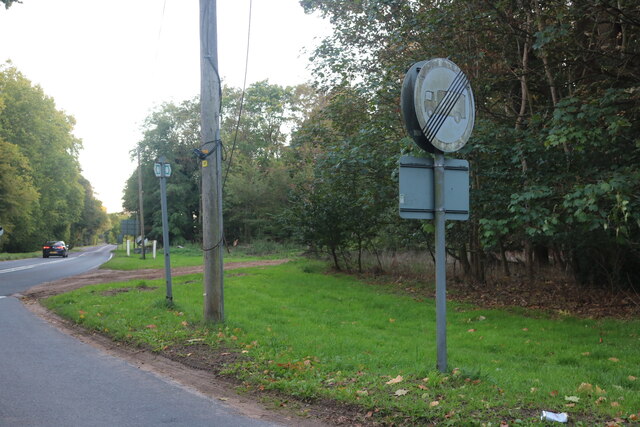First Cross Belt
Wood, Forest in Suffolk West Suffolk
England
First Cross Belt
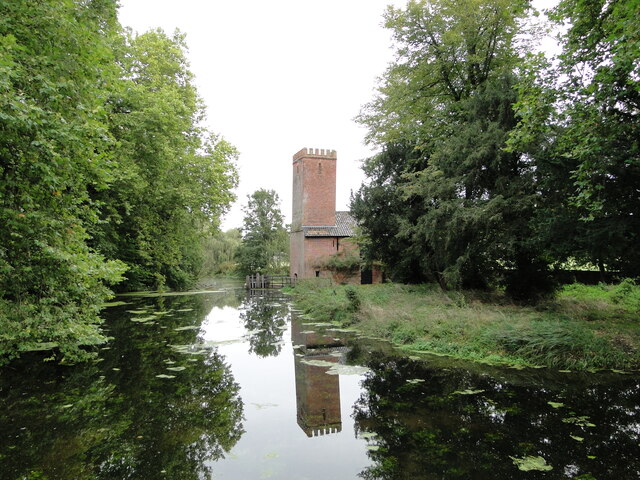
First Cross Belt, Suffolk (Wood, Forest) is a nature reserve located in Suffolk, England. Covering an area of approximately 200 acres, it is a designated Site of Special Scientific Interest (SSSI) due to its significant ecological value. The reserve is situated on the border of Suffolk and Norfolk, near the village of Lakenheath.
First Cross Belt is primarily composed of woodland and forest, characterized by a diverse range of tree species including oak, birch, and pine. The area is known for its rich biodiversity, providing a habitat for numerous plant and animal species. The woodland supports a variety of ground flora, such as bluebells, wood sorrel, and ferns.
The reserve is home to a range of bird species, making it a popular destination for birdwatchers. Visitors may spot rare and protected birds, including woodlarks, nightjars, and crossbills. Other wildlife, such as deer, foxes, and badgers, can also be observed in the area.
The management of First Cross Belt focuses on conservation and maintaining the natural balance of the ecosystem. This includes regular tree planting, habitat restoration, and control of invasive plant species. The reserve is managed by a team of dedicated staff and volunteers, who work tirelessly to preserve its unique characteristics.
First Cross Belt offers a network of walking trails, allowing visitors to explore the woodland and appreciate its natural beauty. Access to the site is free, and there are information boards providing educational material about the reserve's flora and fauna. The reserve also organizes guided walks and educational programs to raise awareness about the importance of conservation and the natural environment.
If you have any feedback on the listing, please let us know in the comments section below.
First Cross Belt Images
Images are sourced within 2km of 52.38043/0.79713208 or Grid Reference TL9079. Thanks to Geograph Open Source API. All images are credited.

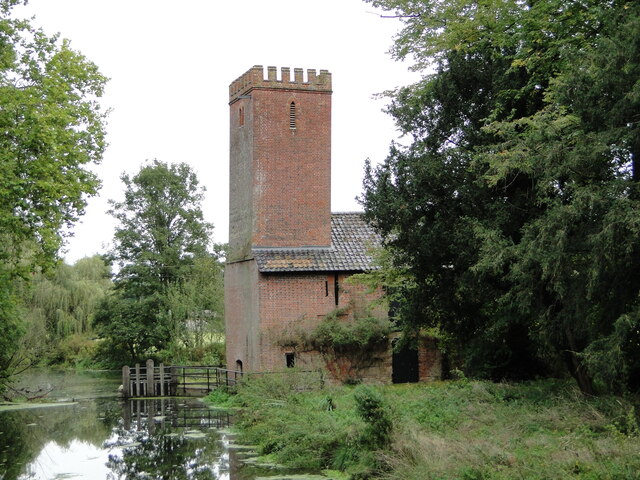
First Cross Belt is located at Grid Ref: TL9079 (Lat: 52.38043, Lng: 0.79713208)
Administrative County: Suffolk
District: West Suffolk
Police Authority: Suffolk
What 3 Words
///monk.shots.evoke. Near Thetford, Norfolk
Related Wikis
Euston, Suffolk
Euston is a village and civil parish in the West Suffolk district of Suffolk in eastern England. Located on the A1088 around two miles south of Thetford...
Euston Hall
Euston Hall is a country house, with park by William Kent and Capability Brown, located in Euston, a small village in Suffolk located just south of Thetford...
Barnham Heath
Barnham Heath is a 78.6-hectare (194-acre) biological Site of Special Scientific Interest near Barnham, a village south of Thetford in Suffolk. It is a...
Rushford, Norfolk
Rushford is a small village in the civil parish of Brettenham, in the Breckland district, in the county of Norfolk, England. It is situated on the north...
Fakenham Magna
Fakenham Magna (or Great Fakenham) is a village and civil parish in the West Suffolk district of Suffolk in eastern England. The meaning of the word 'Fakenham...
Fakenham Wood and Sapiston Great Grove
Fakenham Wood and Sapiston Great Grove is a 200.7-hectare (496-acre) biological Site of Special Scientific Interest north of Sapiston in Suffolk.These...
Barnham, Suffolk
Barnham is a village and civil parish in the West Suffolk district of the English county of Suffolk about 3 miles (4.8 km) south of Thetford and 9 miles...
Barnham Windmill, Suffolk
Barnham Mill is a tower mill at Barnham, Suffolk, England which has been converted to residential accommodation. == History == Barnham Mill was built for...
Nearby Amenities
Located within 500m of 52.38043,0.79713208Have you been to First Cross Belt?
Leave your review of First Cross Belt below (or comments, questions and feedback).
